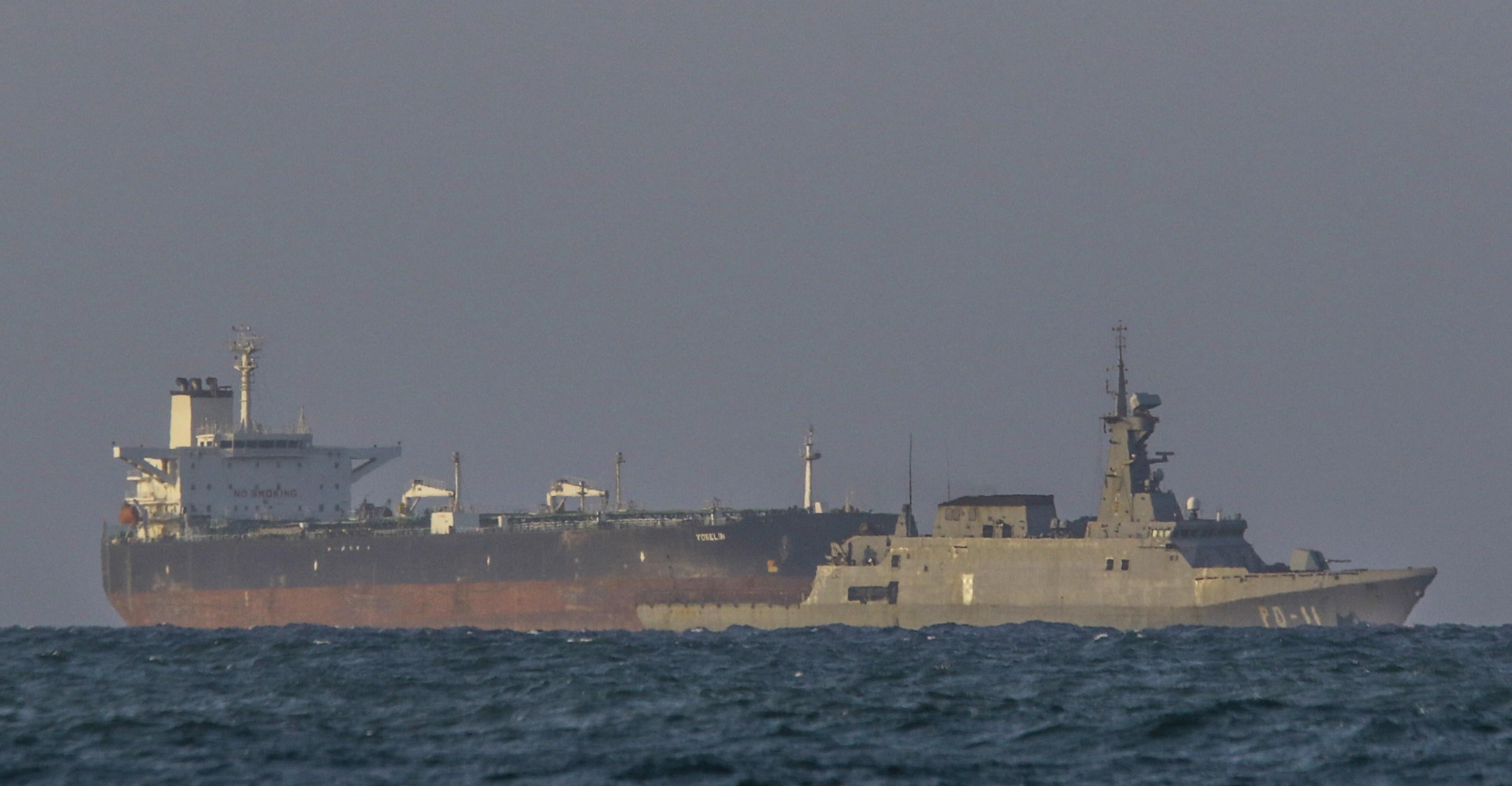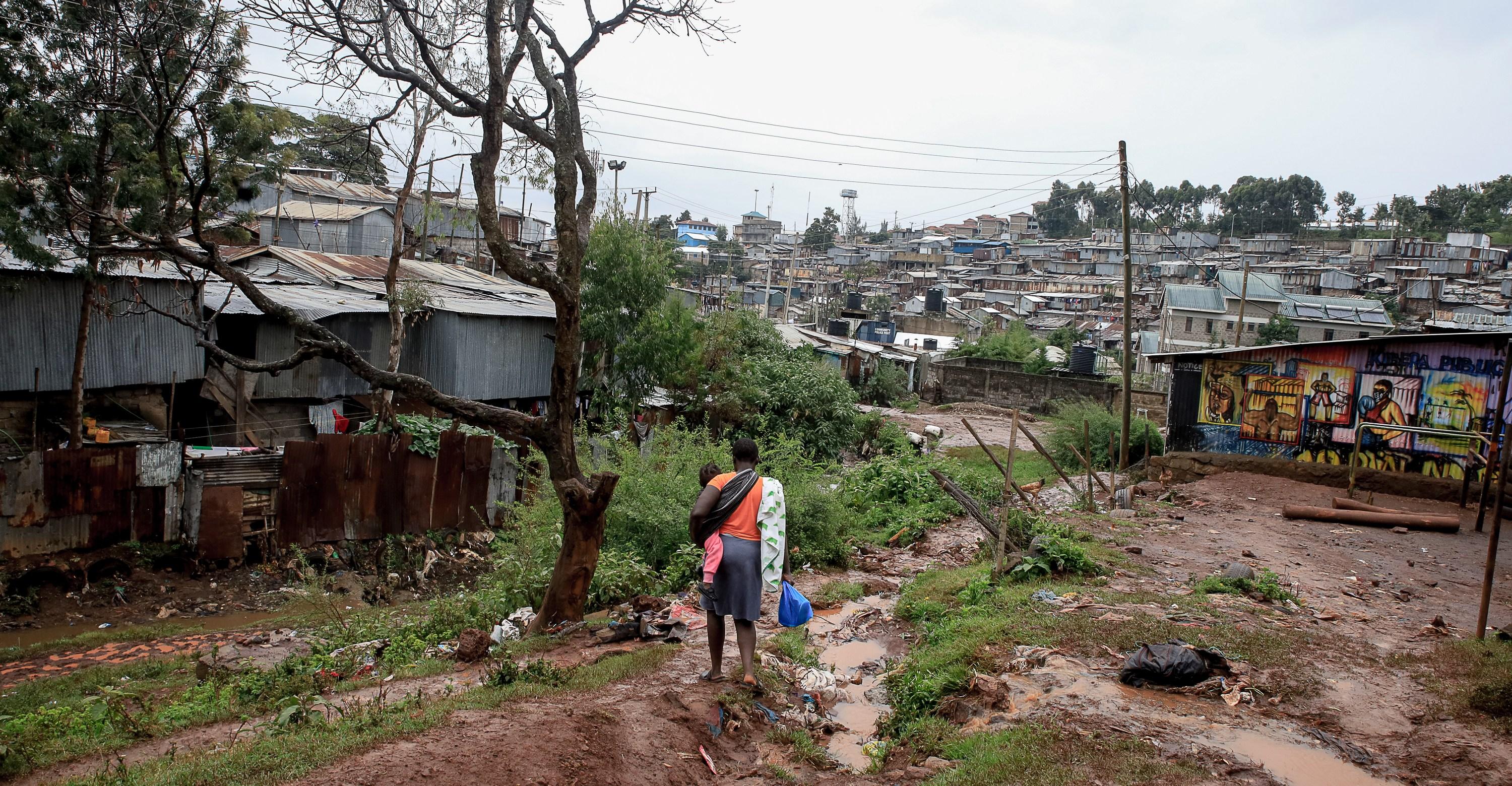Even traditionally wet states are experiencing wildfires.


An unprecedented series of wildfires is burning in Louisiana, making it the latest state to navigate a major natural disaster in recent months. Wildfires — though they take place in the state annually — aren’t typically as frequent or as big as they have been this year.
Much like other places, Louisiana is experiencing record-breaking heat and dryness, which have made it easier for wildfires to proliferate. Both issues are likely being made worse by climate change, which contributes to higher temperatures and drier vegetation. And what we’re witnessing this year is likely just the start: According to LSU researchers, wildfire risk in the state is expected to increase 25 percent by 2050, with the magnitude of property damage poised to grow by more than 100 percent.
“Our state has never been this hot and dry and we have never had this many fires,” Louisiana Gov. John Bel Edwards wrote in a recent social media post. And as Mike Strain, the state’s commissioner for agriculture and forestry, told the Washington Post, “This is probably the driest conditions, the most drought-prone conditions we’ve had in a generation.”
Our state has never been this hot and dry and we have never had this many fires. We need you and your neighbors to help keep our communities and first responders safe. Adhere to the statewide burn ban. Don’t burn anything. #lagov #lawx #lalege pic.twitter.com/aRdzzkiDJT
— Gov. John Bel Edwards (@LouisianaGov) August 24, 2023Currently, the largest fire in the state is the Tiger Island Fire, which covers more than 30,000 acres in southwestern Louisiana. Additionally, there are smaller fires across the state, including ones that have claimed two lives. Collectively, these fires have covered roughly 60,000 acres total, an area larger than the city of Washington, DC. They’ve led, too, to the declaration of a state of emergency in at least 17 Louisiana parishes and the evacuation of at least one town near the Texas border where the Tiger Island Fire is located.
Because the state has seen historically high temperatures and a massive drought, it’s been easier for fires to ignite from phenomena like lightning strikes that otherwise might not trigger blazes. In Louisiana, fallen trees and brush from recent hurricanes, as well as large swathes of dry pine forests, have helped provide kindling. Human activity like improperly discarded cigarettes or outdoor cooking may have also played a role in some fires, Strain told NPR. The state currently has a burn ban in place to try to cut down on some of these potential causes.
Louisiana’s unusual fire season comes as other places in the US and Canada have experienced similar conditions that have contributed to an unprecedented North American fire season. Earlier this month, the Hawaiian island of Maui also experienced a devastating wildfire buoyed by dry conditions and high winds. Canada, too, has seen an especially severe fire season due to how hot and dry it’s been in different parts of the country.
The Louisiana wildfire adds to an unusual wildfire season
Extreme heat has been a major driver behind how severe this wildfire season has been for certain states in the US and provinces in Canada.
Historically, Louisiana, which is known for being a wetter state, has seen an average of 771 fires per year that burn an average of 8,217 acres every year, according to the Washington Post. This year, it’s seen 600 wildfires in just one month, with the acreage burned surpassing tens of thousands of acres.
At the same time, the state has also seen some of the hottest temperatures it’s ever observed, with some places reaching upward of 110 degrees Fahrenheit. In New Orleans, for example, temperatures usually hover around a high of 91 degrees Fahrenheit in August, but the city hit a record 102 degrees Fahrenheit this year. Some of this is due to a unique high-pressure heat dome that’s trapped heat across many states in the south.
The impact of the heat has been compounded by the drought the state is in, which has meant significantly less rainfall than past years. Per the Louisiana Radio Network, the state has seen 20 inches less rain than it typically would at this time of year. Officials in Louisiana have emphasized that the state likely needs much more rain to combat the wildfires, which could continue through September, when it’s expected to stay dry. “This is not done. We expect a dry September. So we got to be prepared for this and all work together until the rain comes,” Strain told reporters at a Tuesday press conference.
The Louisiana National Guard as well as resources from neighboring states, including over 1,000 emergency responders in the South, have been deployed to fight the fires. As of earlier this week, the largest Tiger Island Fire has been 50 percent contained, meaning firefighters feel like there’s a strong enough boundary established to prevent that section of fire from spreading further. The focus on containment in the case of the Tiger Island Fire has been driven by the homes and people who could be harmed by it: It has destroyed 20 structures in Merryville, Louisiana, and could threaten other rural communities.
The challenges Louisiana faces with these fires are comparable to those in other areas, like Canada, which has seen similar dynamics fuel one of its worst fire seasons in years. In 2023, Canada has seen more than 37 million acres burned, which is over double the area that’s been affected in past years. More than 1,000 fires are still burning in Canada, with wildfire smoke drifting southward and affecting air quality in dozens of US cities.
According to a recent study from the World Weather Attribution, climate change has helped bolster the conditions needed for the fires in Canada to take place. Louisiana officials, including state climatologist Barry Keim, have pointed to climate change as a factor in their state’s fires as well.
“Hot, dry and gusty conditions like those that fed this year’s wildfires in eastern Canada are now at least twice as likely to occur there as they would be in a world that humans hadn’t warmed by burning fossil fuels,” writes Raymond Zhang in a New York Times story on the WWA study.
NFL playoff-clinching scenarios: Which teams can secure a berth in Week 16?
- 3 hours ago

Met Office forecast rain, snowfall from Dec 20
- 13 hours ago
India summons Bangladesh envoy over security concerns in Dhaka
- 16 hours ago

Inside the high drama of the iPhone 4
- 4 hours ago
Pakistan Navy launches fourth Hangor Class submarine 'Ghazi' in China
- 12 hours ago

Everything is a mockumentary now, thanks to Rob Reiner
- 2 hours ago

The global shadow economy behind Trump’s latest move on Venezuela
- 2 hours ago
What is going on with Trevon Diggs and the Dallas Cowboys?
- 3 hours ago

The low, low cost of ending extreme poverty
- 2 hours ago

You need to listen to Sudan Archives’ violin opus for the club
- 4 hours ago
NDMA dispatches 27th aid consignment for Palestinians
- 14 hours ago

Tremors felt in Balochistan's Barkhan district
- 15 hours ago







